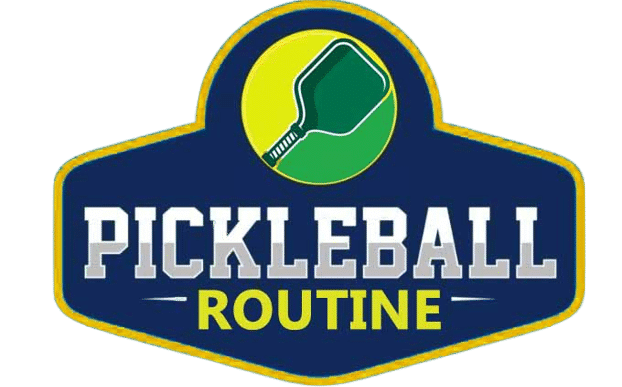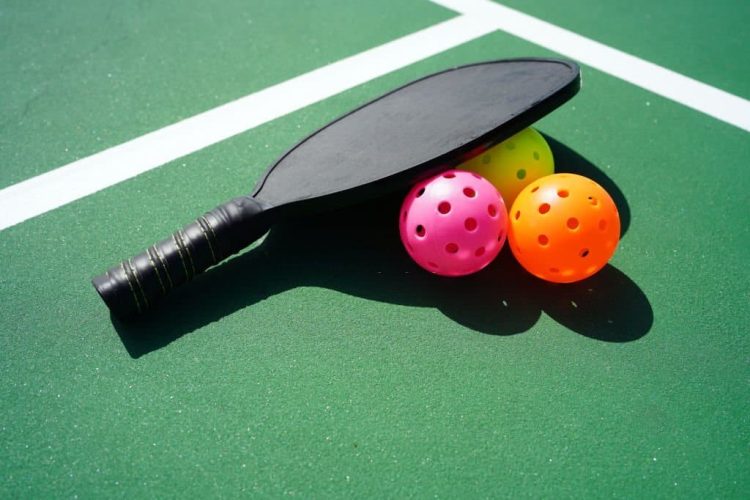Pickleball has gained immense popularity in recent years, attracting players of all ages and skill levels. Whether you’re a beginner or an experienced player, choosing the right pickleball ball is crucial for an enjoyable and competitive game.
With a wide range of options available, it can be overwhelming to determine which ball suits your playing style and court conditions. This comprehensive pickleball ball selection guide aims to simplify the process and provide you with valuable insights into the key factors to consider when selecting the perfect ball.
Pickleball balls come in various types and are constructed using different materials. The two main categories of pickleball balls are indoor and outdoor balls.
Indoor balls are designed for use on gymnasium floors, while outdoor balls are built to withstand the elements on outdoor courts. Outdoor balls are typically made of harder plastic or composite materials to ensure durability.
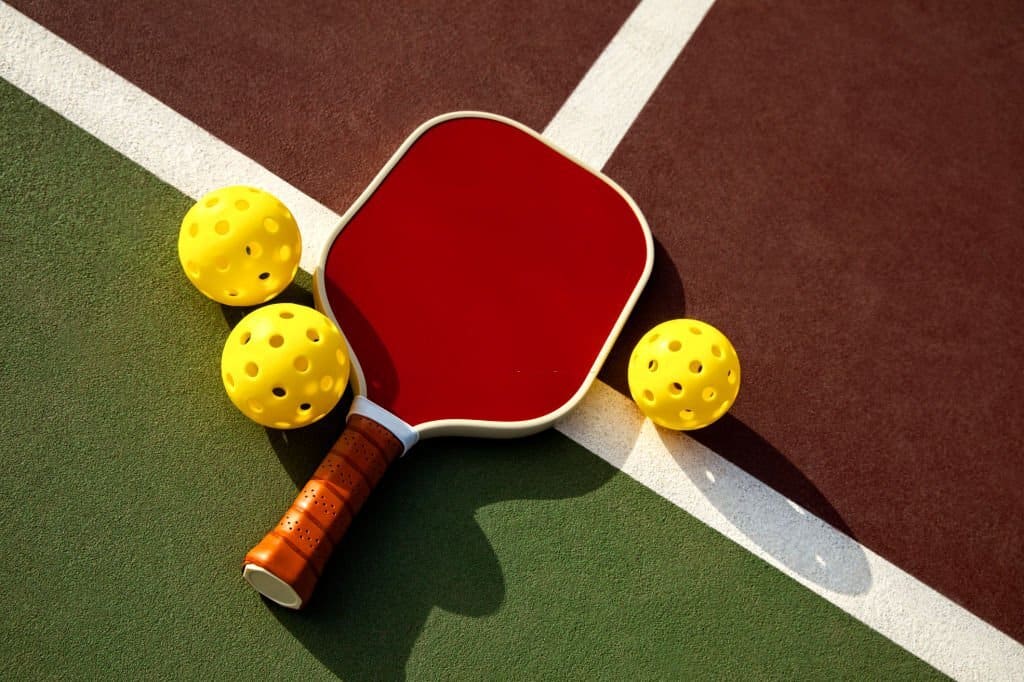
Additionally, pickleball balls can be categorized by their construction, such as single-piece or two-piece construction. Single-piece balls are solid and have a consistent bounce, while two-piece balls have a softer core and a harder outer layer, providing a different playing experience.
It’s essential to consider the type of court you’ll be playing on and your preferred playing style when choosing between these different ball types and constructions.
Pickleball Selection Guide
There are multiple factors that associate with the right performance in Pickleball. We’ll try to cover them to provide complete details about Pickleball selection to our readers.
Durability
Durability is a crucial factor to consider when selecting a pickleball ball, especially for outdoor play. Outdoor balls are subjected to more wear and tear due to the rougher court surface and exposure to environmental elements.
Look for balls with a reputation for durability and resilience. Check for features like reinforced seams and sturdy construction to ensure that the ball can withstand repeated hits and maintain its integrity over time.
For indoor play, durability is less of a concern since the court surface is usually smoother and less abrasive. However, it’s still essential to choose a ball that can withstand regular use and not easily crack or lose its bounce.
Reading customer reviews and seeking recommendations from experienced players can provide valuable insights into the durability of different pickleball ball options.
Pickleball Performance
The bounce and performance characteristics of a pickleball ball significantly impact the overall gameplay experience. Balls with a consistent bounce allow for more accurate shots and better control.
When evaluating bounce, consider the ball’s construction, material, and core composition.
Pickleball balls have varying levels of hardness. Softer balls tend to have a higher bounce, making them suitable for players who enjoy slower gameplay and require more time to react.
On the other hand, harder balls have a lower bounce and are ideal for players who prefer a faster-paced game with quick reflexes. The choice between a single-piece and a two-piece construction also affects the ball’s performance.
Single-piece balls offer a predictable and uniform bounce, whereas two-piece balls tend to have a softer and more responsive feel due to their unique core design.
To find the right balance between bounce and performance, it’s crucial to try out different balls on the court. Participating in practice sessions or borrowing balls from fellow players can help you determine the type of bounce that best suits your playing style and preferences.
Noise Level and Pickleball
The noise level produced by pickleball balls can be a factor to consider, especially if you’re playing in noise-sensitive areas or indoor facilities with strict regulations. Some balls are designed to produce less noise upon impact, reducing disruptions and creating a more pleasant playing environment.
If the noise level is a concern, opt for balls that are specifically marketed as “quiet” or “low-noise” to ensure compliance with regulations and maintain a harmonious playing atmosphere.
Choosing the right pickleball ball often involves a process of testing and experimentation. While this guide provides general guidelines, personal preferences can vary.
Take the time to try out different balls and observe how they perform on different court surfaces and under various playing conditions. Also, attending local pickleball events, seeking input from experienced players, and participating in group discussions can offer valuable insights into different ball options.
Additionally, don’t hesitate to ask fellow players if you can try out their balls during practice sessions or friendly matches.
Types of Pickleballs to Choose From
Each type of pickleball is designed to cater to different playing conditions and player preferences. Understanding the different types of pickleball can help you make an informed choice based on your playing style and court conditions.
Following are the amazing types of Pickleballs that you can choose from for the best Pickleball game:
Indoor Pickleballs
Indoor pickleballs are specifically designed for playing on gymnasiums or indoor courts. These balls are typically made of softer plastic or composite materials to provide a quieter gameplay experience and prevent damage to the floor.
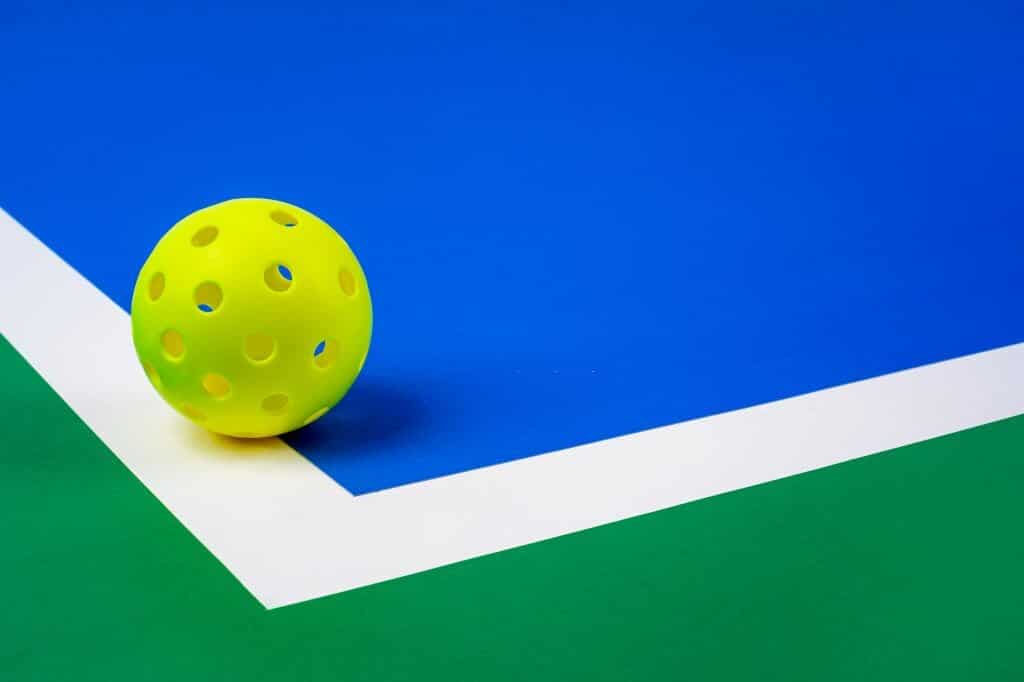
The softer material also helps reduce the wear and tear on the ball, allowing it to last longer. Indoor pickleballs have a consistent bounce and are easier to control, making them suitable for precise shots and strategic gameplay.
Outdoor Pickleballs
Outdoor pickleballs are designed to withstand the harsher conditions of outdoor courts. They are made of harder plastic or composite materials, which make them more durable and resistant to cracking or breaking.
Outdoor pickleballs are built to handle rougher surfaces and exposure to weather elements such as wind and moisture. These balls often have a livelier bounce and require quick reflexes due to their harder construction.
They are ideal for players who enjoy a fast-paced game and want a ball that can withstand the rigors of outdoor play.
Indoor/Outdoor Transition Pickleballs
Transition pickleballs are designed to bridge the gap between indoor and outdoor play. These balls feature a unique construction that allows them to be used on both types of courts.
They have a slightly softer feel compared to outdoor balls, providing a more controlled bounce suitable for indoor play. However, they are still durable enough to withstand outdoor conditions.
Transition pickleball is an excellent choice for players who frequently switch between indoor and outdoor courts or for areas where the playing surface may vary.
Specialty Pickleballs
Apart from the standard indoor and outdoor pickleball, there are specialty or performance pickleballs that cater to specific preferences and playing conditions. These specialty balls are often used in competitive tournaments or by advanced players who seek unique playing characteristics.
Beach Pickleballs
Beach pickleball is a variation of the game played on sandy beaches. It combines elements of traditional pickleball with beach volleyball.
The court dimensions for beach pickleball are typically larger than standard pickleball courts, and the rules may be adapted to suit the beach environment.
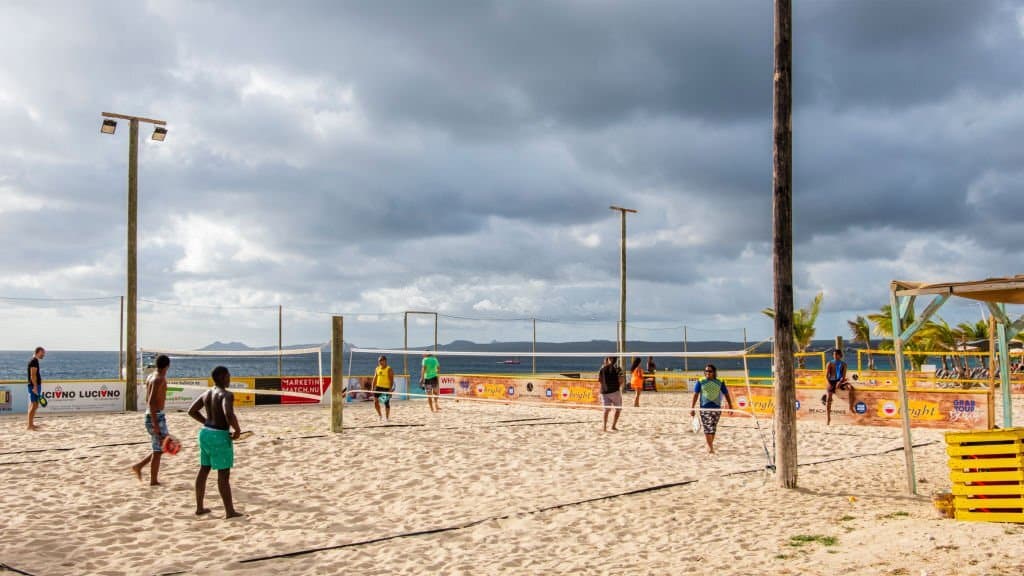
The equipment used for beach pickleball is similar to outdoor pickleball, with larger and harder balls designed to withstand the sand. Beach pickleball provides a unique experience with the added challenge of playing on an unstable surface.
Selecting the right pickleball ball is crucial for a satisfying and competitive game. Consider factors such as ball type, construction, durability, bounce, noise level, and personal preference when making your decision.
Take the opportunity to test different balls to determine which one suits your playing style, court conditions, and noise regulations.
By following this comprehensive pickleball ball selection guide, you’ll be well-equipped to make an informed decision that enhances your pickleball experience and brings you closer to becoming a formidable player on the court.

It’s me Joe, a devoted pickleball enthusiast, and an avid player, I’m passionate about sharing the joy and excitement of the game through my Pickle Ball Routine. With years of experience on the court, I have honed my skills, explored various strategies, and developed a deep understanding of the nuances of pickleball.
I believe in the power of community and the incredible connections that can be forged through pickleball. I have had the privilege of engaging with players of all levels, from beginners seeking guidance to seasoned athletes looking to enhance their gameplay. My friendly and approachable demeanor makes me a valuable resource for players of all backgrounds.
Through Pickle Ball Routine, I aim to inspire and educate fellow pickleball enthusiasts. By sharing personal experiences, tips, techniques, and stories from the game, I strive to create a platform that fosters growth, camaraderie, and an unyielding passion for pickleball.
